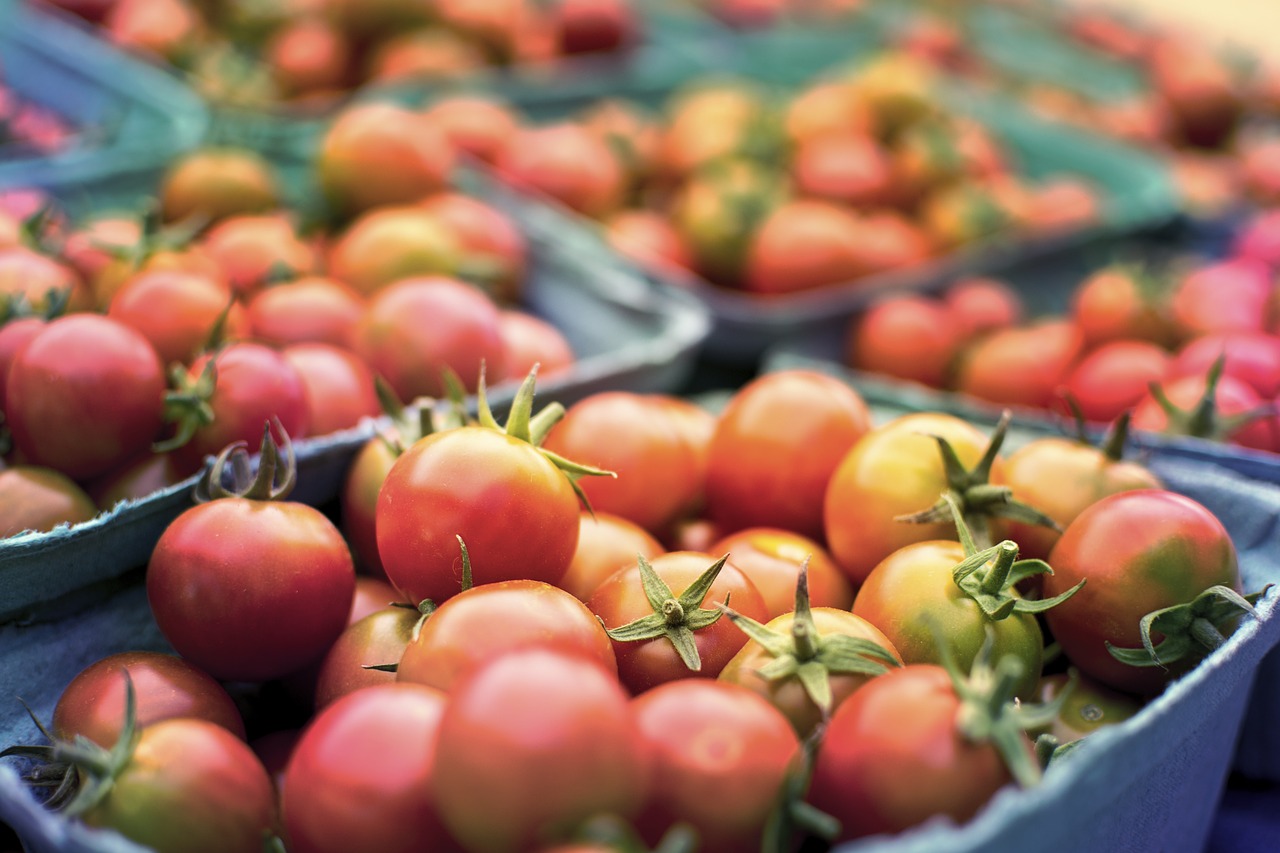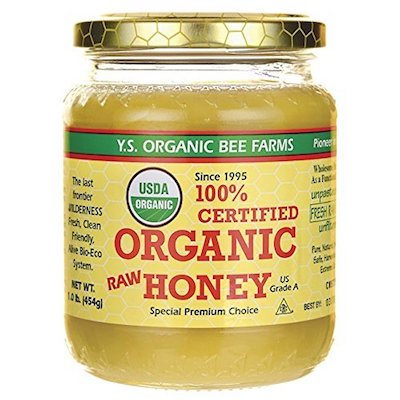What is Community Sponsored Agriculture?

Community sponsored agriculture can be very simply defined as a "subscription service to a farm's output of goods". In most cases, the subscription involves a farm's produce, though not specifically limited to produce in all cases. The underlying concept was developed in Europe. By the 1980s, several communities in the United States were organizing this type of risk/benefit shared model of harvest. There are some variations in CSA structure, depending on the farm.
Most CSA farms adhere to their own strict rules of not using pesticides or chemicals to ensure a good crop. Because of this, subscribers can be sure they're getting healthy produce to feed their families. Fluctuating prices at grocery stores due to things like trucking transport strikes and high gas and oil prices, only to be buying produce not as fresh, are no longer a concern.
Procuring the subscription money at the beginning of the season makes their overhead expenses easier to meet so they can focus better on what they do best, farming. This makes it easier for the planning of their budgets and their crops so they can offer subscribers the very best there is, such as heirloom varieties, without having to speculate about waste.
Another positive feature of Community Sponsored Agriculture is that it benefits not only the participants, but the local community as a whole. There is a reduction in carbon dioxide emissions when farmers can be sure they're going to sell mostly all of what they produce. There is far less need to refrigerate and transport their goods to stores and supermarkets.
1. Without a large enough family, it may not be cost-effective enough to consider. Some subscriptions are $500 or more for the season. If someone is handy in the kitchen, though, many of these seasonal fruits and vegetables can be used in a variety of ways, canned, jarred, frozen alone or made into a variety of delicious meals which can be frozen and used throughout the year. Then it becomes very cost-effective.
2. If the subscription price remains too steep to put out all at once, some CSA farms are structured to offer a program whereby some of the consumer fee is paid by contributing time doing work at the farm, lowering the up-front cost.
3. Keep in mind that risks and benefits are shared by the consumer and the farmer. For instance, inclement weather conditions such as heavy rains or droughts may cause some crops to fail. The subscription price paid at the beginning of the season to share in the harvest is not reimbursed or reduced.
After reviewing these benefits and risks while carefully considering the pros and cons for a particular family's situation, giving the program a season's try might be in order. Chances are that people may be buying produce at local farms without being aware that the farm has a CSA program.
Benefits for the Subscriber
Most CSA farms adhere to their own strict rules of not using pesticides or chemicals to ensure a good crop. Because of this, subscribers can be sure they're getting healthy produce to feed their families. Fluctuating prices at grocery stores due to things like trucking transport strikes and high gas and oil prices, only to be buying produce not as fresh, are no longer a concern.
Benefits for the Farmers
Procuring the subscription money at the beginning of the season makes their overhead expenses easier to meet so they can focus better on what they do best, farming. This makes it easier for the planning of their budgets and their crops so they can offer subscribers the very best there is, such as heirloom varieties, without having to speculate about waste.
Community Benefits
Another positive feature of Community Sponsored Agriculture is that it benefits not only the participants, but the local community as a whole. There is a reduction in carbon dioxide emissions when farmers can be sure they're going to sell mostly all of what they produce. There is far less need to refrigerate and transport their goods to stores and supermarkets.
Mixed Pros and Cons
1. Without a large enough family, it may not be cost-effective enough to consider. Some subscriptions are $500 or more for the season. If someone is handy in the kitchen, though, many of these seasonal fruits and vegetables can be used in a variety of ways, canned, jarred, frozen alone or made into a variety of delicious meals which can be frozen and used throughout the year. Then it becomes very cost-effective.
2. If the subscription price remains too steep to put out all at once, some CSA farms are structured to offer a program whereby some of the consumer fee is paid by contributing time doing work at the farm, lowering the up-front cost.
3. Keep in mind that risks and benefits are shared by the consumer and the farmer. For instance, inclement weather conditions such as heavy rains or droughts may cause some crops to fail. The subscription price paid at the beginning of the season to share in the harvest is not reimbursed or reduced.
After reviewing these benefits and risks while carefully considering the pros and cons for a particular family's situation, giving the program a season's try might be in order. Chances are that people may be buying produce at local farms without being aware that the farm has a CSA program.
You Should Also Read:
5 Herbs to Grow in Your Garden
What is Permaculture?
How To Have An Organic And Natural Lawn

Related Articles
Editor's Picks Articles
Top Ten Articles
Previous Features
Site Map
Content copyright © 2023 by Katherine Tsoukalas. All rights reserved.
This content was written by Katherine Tsoukalas. If you wish to use this content in any manner, you need written permission. Contact Katherine Tsoukalas for details.








